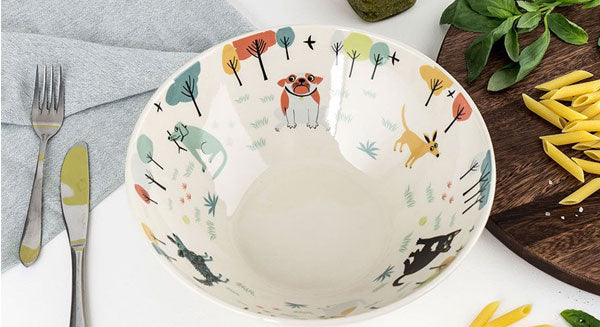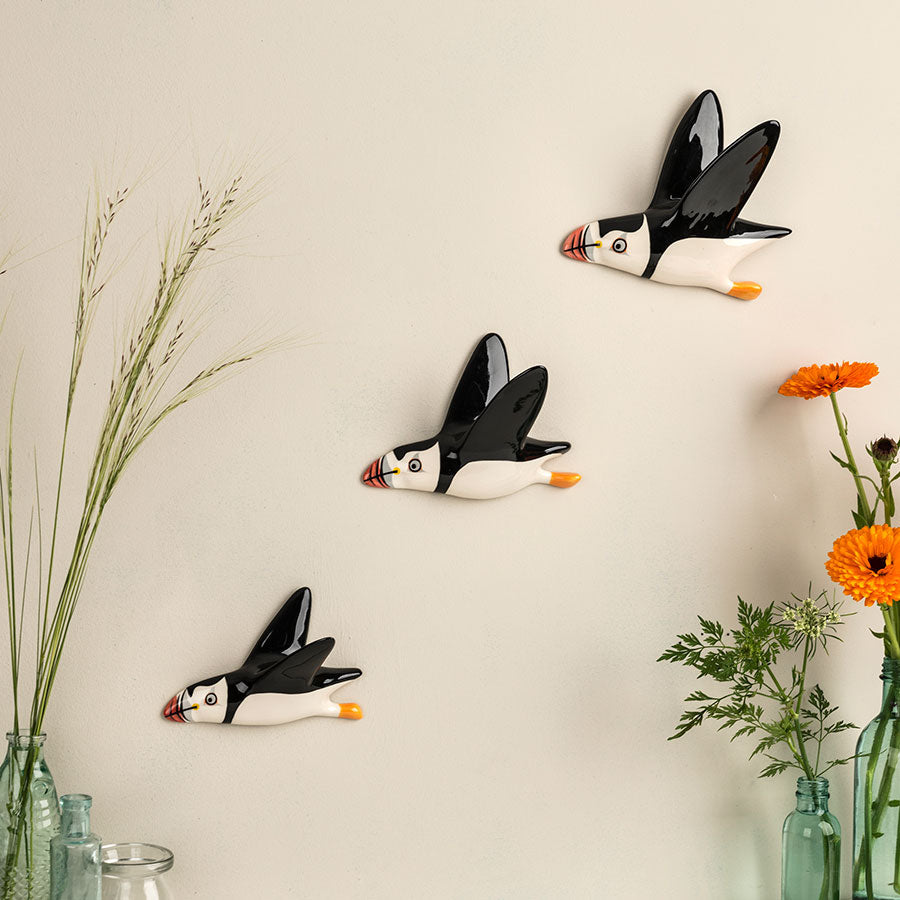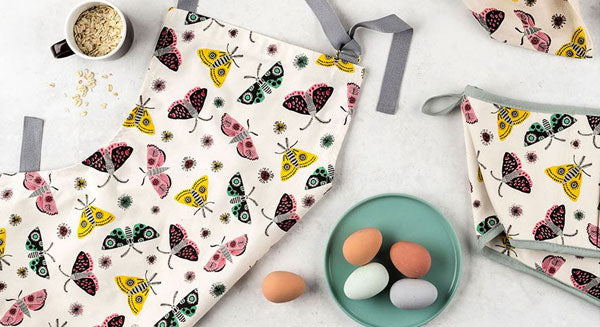OUR NET ZERO JOURNEY SO FAR
OUR PLEDGES
We all need to do more to play our part in helping meet the UK’s strict carbon emissions targets. Hannah started on this journey over 3 years ago with carbon calculation and looking at all aspects of the business through a sustainability lens, but since then things have become much more urgent and also there is more help available with various tools to measure and also to communicate where you are on the journey to Net Zero.
Hannah signed a pledge with the SME Climate Hub to be half way to net zero by 2030, and hit net zero by 2040, but she is trying to do everything she can as soon as possible, as these targets are nowhere near enough. She has also become one of 34K members of Ecologi, each month the business plants trees and offsets the carbon generated by the business in the UK. This is calculated by Ecologi.
Below are her notes on this journey so far, a basic one-pager to give an overview of the steps that have been taken, are in progress, and also those completed!


The start of the journey
It was the COP26 summit in November 2021 when I listened to 2 live events and one recorded one on what small businesses can do to reduce their carbon footprint. The last one was the best and it left me feeling inspired rather than overwhelmed, and I now have a nice long list of things to write about and then action. Mostly it is business related but some crosses over into personal targets, nothing is spared!!
Scope calculations
My first task is to write an environmental one-pager, so here goes!
Categories to work on:
On some sites these are listed as scope 1, 2 and 3
- Scope 1 – Vehicles and gas
- Scope 2 - Consumed energy and electricity
- Scope 3 - Everything else, basically all procurement.
This can also be divided into these more helpful groups
- Energy
- Transport
- Buildings
- Procurement
- Waste
So I did a quick list of things in each category, then actions next to each one...

Energy
Done
- kiln (new energy efficient one purchased for new premises)
- lights (switched to LED in most of building)
- heaters (choose best source of heat, currently electric)
- supplier (choose a green renewables based supplier)
To Do
- hot water (Conserve, use flask for heated water)
- kitchen use (use induction hob and microwave)
- renewables on site (source funding for solar array, heat pump?)
- heat people not places (electric mats on chairs etc?)
- smart meters (ask for one in new premises)


Transport
Done
- We work in the village where we live, so we try to walk to work as much as we can.
- Car (we have a hybrid but are looking into switching to an EV)
- Van, we have a leased vehicle with low emissions, but it’s diesel not electric. We will look into an electric van when the lease expires.
To Do
- Switch to Electric Vehicle
- Fit charging point for EV at work
- Look into Government funded Cycle purchase scheme for staff transport (choose most green option, cycle/bus)
- Fit solar panels to our building to generate electric for heaters, kiln etc. I am looking into possible funding for this. We don’t own the building and our lease doesn’t offer us right to renew, so I am reluctant to fit a solar array under these circumstances.
- Transport in terms of freight and distribution (pick EV based transport for deliveries, assess all distribution and ask for change, offset what we can’t change)
Buildings
Done
- Fitted LED Lighting in all main used rooms
- Switched to green energy supplier
- Insulated flooring using cork in the office space and reusable mats in other rooms - a work in progress
- Building must meet ECP standards (Meets basic in all heated rooms, but ceilings need insulating. We are researching spraying with eco cellulose foam)
- Researched green roof, but at £70 per m2 it’s too expensive
To Do
- Water use, (fit sprinkler taps for low water use)
- Toilet (fit basin toilet combo for grey water re-use)
- Collaborate with other businesses next to ours, look for grants etc


Procurement
Done
- Contacted our fulfilment warehouse to get information on all delivery companies used, and other energy use. They are doing what they can to pick the greenest options, but this is very hard to track
- Contacted our main manufacturer in Sri Lanka about energy use, purchasing, distribution, shipping etc. We now have detailed data on their energy use and sustainability. This is a work in progress, new kilns are being purchased, but their government doesn’t have climate change at the top of their agenda. Solar would be perfect here due to their climate, but most of their kilns are gas. Biogas is an option, but needs to be on an industrial scales assisted by the government, so not happening at present.
Here is what they have done so far...
We have reduced our monthly LP Gas usage from 22,000 Kgs to 15,000 Kgs over the past 10 years using the following methods...
- Replacing old, less efficient kilns with new ones.
- Controlling the reject percentages in production. We have bought the average monthly % down from 25% to 15%. This reduces the amount of rework and extra pcs we need to produce.
- Converting our product lines from high volume, low priced ceramics to low volume more difficult to make, high end ceramics.
Ceramics is an energy intensive industry and the manufacturing of our products is problematic for this reason.
Our textiles supplier is UK based and prints on organic cotton using eco friendly inks, so we feel this is the best option for the textiles at present. We don’t use any plastic packaging.
I have been gradually researching and gathering information on other products we could add to what we create and sell that could be part of a circular economy and have low carbon production methods. So far printmaking, using wooden production of alternate products and potentially jewellery are top of my list. These all take time to develop new products, but sketches are being done!
To Do
- Contact the textiles company about how they ship their goods
- Research an alternative shipping company from Sri Lanka that is doing what it can to reduce its carbon
- Find a delivery company that delivers from the port to our warehouse using the best methods.
Waste
We produce very little waste in-house, we recycle everything that we possibly can and we use no plastics in our packaging, so our packaging waste is all either recyclable of compostable, even the tape - worms love cardboard!
We compost all food waste, taking it home to add to our kitchen garden compost.
There are very small amounts of plaster waste generated in-house when making moulds, all moulds are sent to landfill at the end of their life, so this is an area that needs work, but again is very minimal waste.
This area still needs more work... we would like to be a circular economy business.


To Summarise...
Hannah hasn't visited Sri Lanka for 4 years now, and the business has signed-up to Ecologi tree planting to offset some of the carbon emissions generated, in addition to researching other sustainable products to add to the range on offer, and continuing to check and assess all areas in the supply chain. This is critical to the direction the business will go in in the next few years, as we care deeply about our planet.
We hope that you appreciate that everything we produce is intended to be a collectable and cherished purchase, and we are not buying into throw-away consumerism, but trying to create designs of quality on a small scale. The attention to detail that goes into every aspect of what we create is part of why we are not the cheapest on the market, we don’t want to be cheap bulk buys, but offer British design created to last and pass on through the generations.




